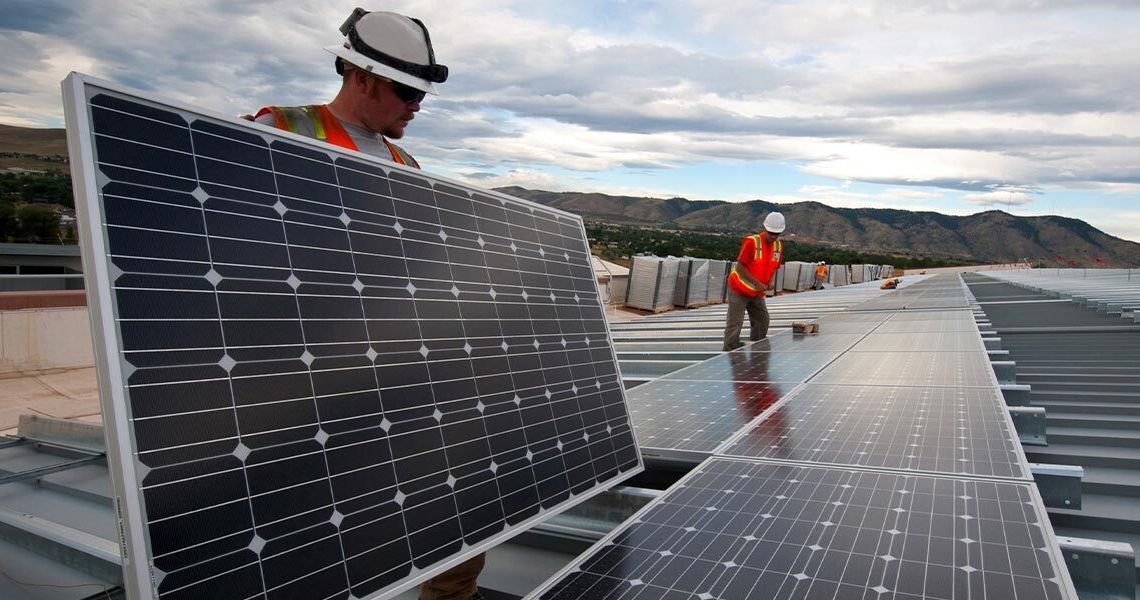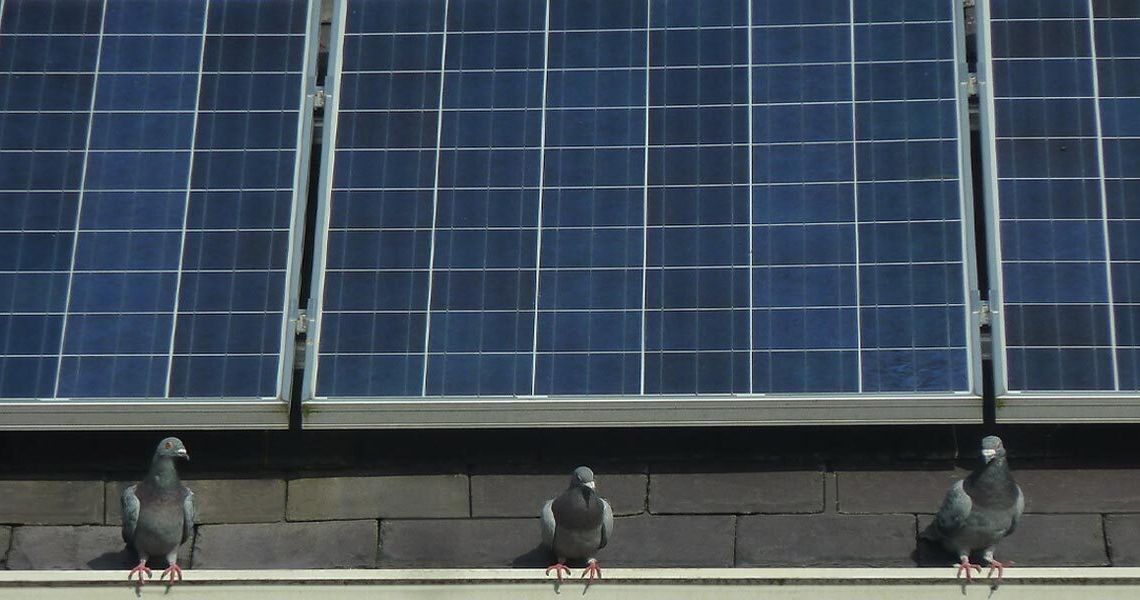Are you curious about how solar panels work and how they're able to generate electricity from the sun? Look no further! In this blog post, we'll take a closer look at the inner workings of solar panels and explore the science behind their energy production. From photovoltaic cells to inverters and beyond, we'll break down each component of a solar panel system so that you can better understand this incredible technology. So let's get started on our journey towards renewable energy!
Solar panels
Solar panels are a type of photovoltaic panel that converts sunlight into electricity. They use the energy from the sun to produce electrical current, which can then be used to power electronic devices. Solar panels come in many different shapes and sizes, but all work the same way.
To create electricity from sunlight, solar panels use a series of electronic components called cells. When sunlight hits these cells, it causes them to generate an electric current. The more cells there are in a solar panel, the more electricity it will generate.
Most solar panels use silicon cells, but there are also other types available, such as gallium arsenide (GaAs) and cadmium telluride (CdTe). Silicon is the most common type because it's cheap and easy to manufacture. However, silicon panels have one major drawback: they're inefficient at converting sunlight into electricity.
That's where the second layer of a solar panel comes in handy. This layer is made up of several other electronic components called transistors. These transistors are responsible for turning energy from the cells into usable electricity. Transistors are incredibly small and fast - which is why they're used in modern electronics - so they can handle big chunks of data quickly.
In order for solar panels to work well enough to provide power for an entire house or business, they need a lot of cells and transistors packed together on the surface of the panel. This makes solar panels expensive.
Solar panels manufacturer
Solar panels are made up of a number of different materials and technologies, and they all work together to convert the sun's energy into usable electricity. One of the leading and developing solar panel manufacturers is La Solar, which has managed to occupy a stable position in the market of solar systems.
In order to make solar panels, you need some type of material that can absorb sunlight. This material is called the panel substrate. The next step is to attach one or more photovoltaic (PV) cells to the substrate. PV cells are made up of many thin layers of materials that have been treated to allow sunlight to pass through them and into a device called an inverter, which turns the raw energy from the sun into usable electricity.
There are a few different ways to make solar panels. The most common way is by using silicon-based solar cells. Silicon-based solar cells are relatively easy to manufacture, but they have a limited lifespan due to their vulnerability to damage from moisture and weather conditions. Other types of solar cells include cadmium telluride (CdTe), silicon nanocrystals (SiNCs), copper indium gallium selenide (CIS), and organic light-emitting diodes (OLED). Each type has its own unique advantages and disadvantages, but all in all, they're all pretty similar when it comes to how they work.
The final step in making solar panels is installing them on a roof or other location where they'll be able to collect sunlight. Solar panels typically need at least six hours of direct sunlight per day in order to produce the maximum power output․
Solar panels cost
Solar panels work by using sunlight to generate electricity. The sunlight is split into tiny, individual rays by the solar panel's cells, which turn these rays into usable energy. This energy is then sent through the solar panel's wiring and out into the world.
There are lots of different types of solar panels, but all of them work in basically the same way. Solar panels are usually made from a number of other materials, including glass, plastic, metal, and polycrystalline silicon. They come in many different sizes and shapes, but the basic idea is the same: each cell collects sunlight and turns it into electricity.
The main solar panels' cost is associated with the installation process. This includes both the initial purchase of the panels as well as any necessary roof or ground installation. However, once installed, solar panels typically pay for themselves within a few years due to their high-efficiency rating and minimal maintenance requirements.
Best solar panels
Solar panels work by converting sunlight into electricity. They come in many different shapes and sizes, but all share one basic design. A solar panel is made up of a number of small mirrors that are spread out across a large surface. The mirrors reflect the sun's rays onto a receiver at the back, which collects the energy and turns it into an electrical current.
There are two main types of solar panels: direct-current (DC) and alternating-current (AC). DC panels use direct current to generate electricity, while AC panels use alternating current to do the same thing.
The main difference between DC and AC solar panels is that DC panels are more efficient at generating electricity because they use less power to create the same amount of energy. However, AC solar panels are more expensive to buy and install than DC solar panels.
With the expanding market comes an ever-increasing number of solar companies. The competition is heating up, and that’s good news for consumers. Competition drives innovation while keeping prices in check. However, the increasing number of best solar panel manufacturers and the long lists of available options can confuse those trying to determine the best energy solution for homes and businesses. The main ratings take into consideration factors like wattages available, residential batteries available, customer service, guarantee/warranty, and maximum efficiency.
Conclusion
If you're thinking of installing solar panels in your home, it's essential to know how they work. Solar panels use the power of the sun to produce energy, which can be used to power homes and other appliances. The process of converting sunlight into electricity is called photovoltaics. In order to make sure that your solar panels are performing as well as possible, it's essential to know the basics about how they work. Hopefully, this article has helped you understand just a little bit more about solar panels!


